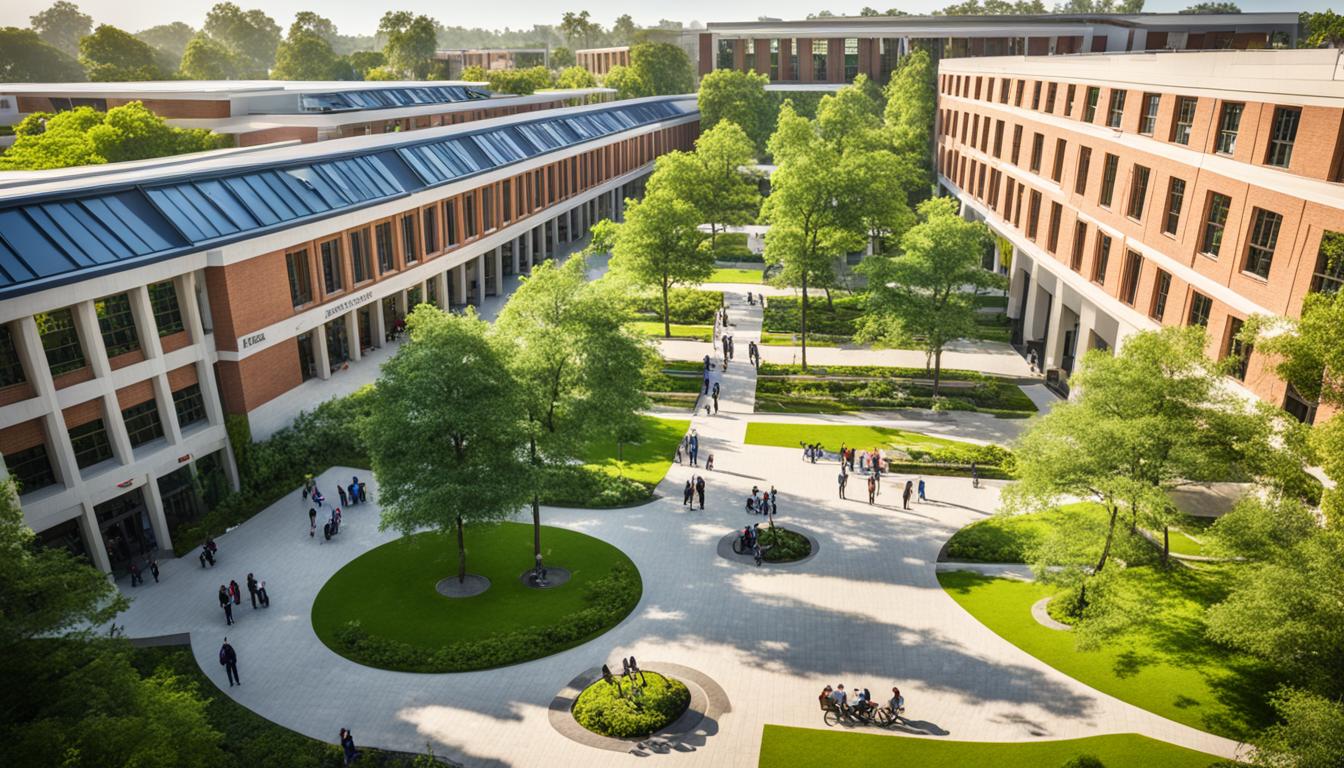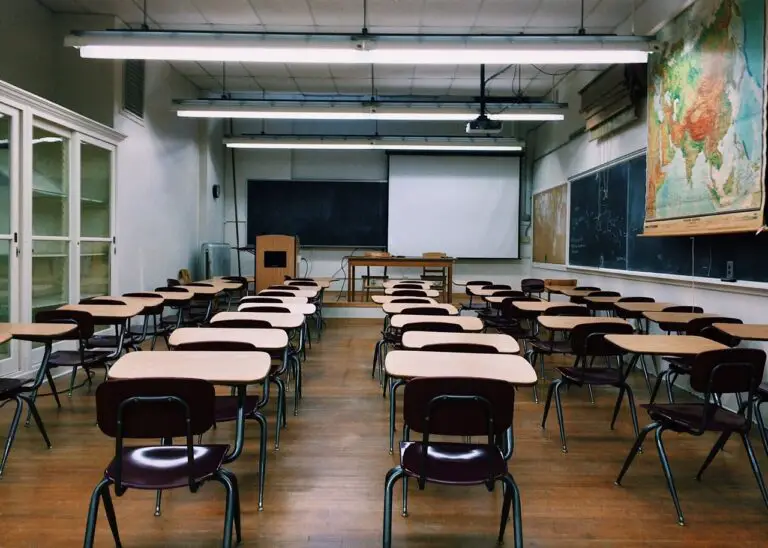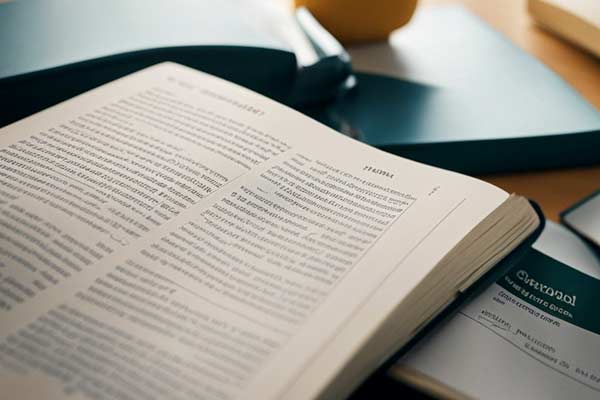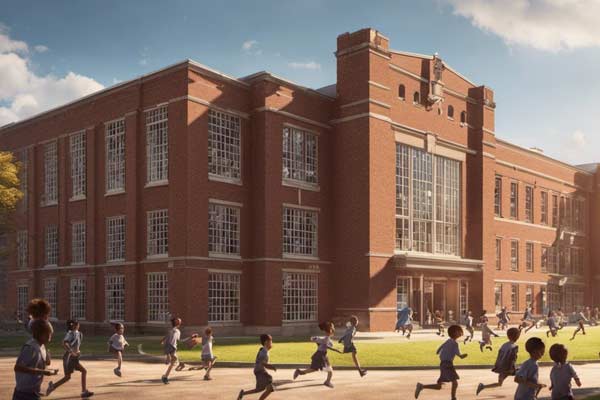Are Schools Considered Government Buildings?
Images of towering state capitols and stately courthouses often come to mind when we think of government buildings. But what about schools? Are they also considered government buildings? In exploring school infrastructure, we investigate whether schools fall under government-owned properties.
Public schools, as educational institutions, play a crucial role in shaping the minds of future generations. However, their status about government ownership may not be as clear-cut as one might think.
Stay with us as we uncover the nuances surrounding school classification, delve into the funding and oversight they receive from various government sources, explore access and usage policies, and examine relevant court cases that have shaped our understanding of public school property status.
Defining Public vs Private Property
Public property refers to land and assets owned and controlled by the government. These include parks, government buildings, and roads and bridges.
The primary characteristic of public property is that it is accessible to the general public for various purposes, subject to specific regulations. Public property is funded by taxpayer money meant to serve the common good.
On the other hand, private property is owned by individuals or non-governmental organizations. It can include residential homes, commercial buildings, and land.
Private property is characterized by exclusive ownership and control, where individuals have the right to determine the use and access to their property within the boundaries of the law.
Public Schools as Public Property
Although funded and operated by the government, public schools are considered public property rather than private property. This is because public schools are established to serve the community as educational institutions.
While privately owned schools exist, public schools typically account for most educational institutions and are accessible to all students within a designated school district.
As public property, public schools are subject to government oversight and administration. They are funded through various federal, state, and local governments. Public schools are maintained and operated to provide accessible education to all students, regardless of their background or socioeconomic status.
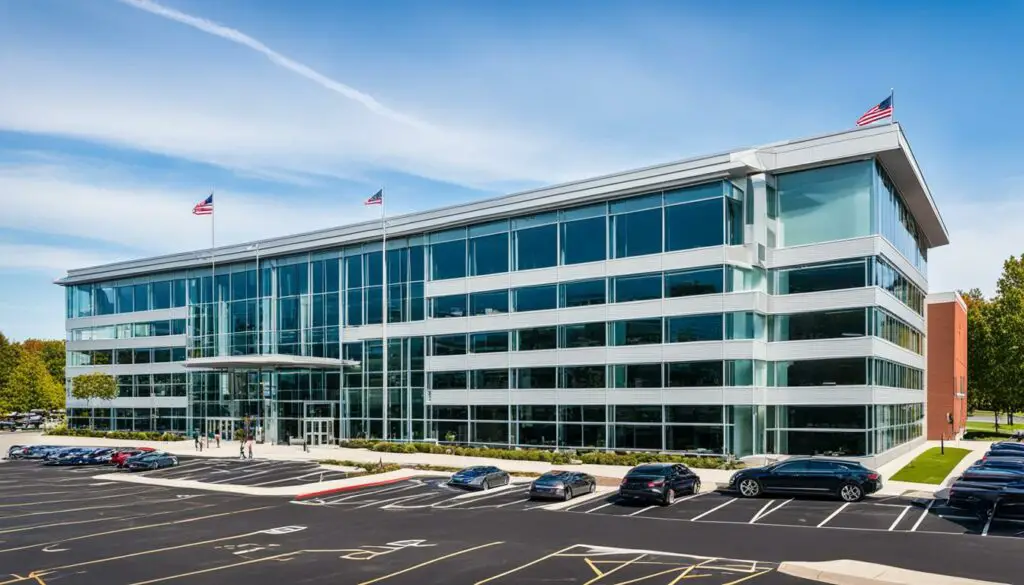
🌟 Hey Students! 🚀 Ready for the ultimate experience? Join us on Studentsinside.com's Facebook, YouTube, WhatsApp, and LinkedIn. Click now for tips, fun, and success vibes! 🌈✨ #StudentLife #JoinUs
| Public Property | Private Property |
|---|---|
| Owned and controlled by the government | Owned by individuals or non-governmental organizations |
| Accessible to the general public | Exclusive ownership and control |
| Funded by taxpayer money | Funded by private funds and investments |
| Serves the common good | Serves the interests of individual owners |
Public Funding and Oversight of Schools
Federal Funding
The federal government is one key source of funding for public schools. Federal funding for education is allocated through various programs and initiatives to improve educational outcomes and support students with diverse needs.
These funds are often disbursed to states, which distribute them to local school districts based on specific criteria and requirements.
State Funding
In addition to federal funding, public schools receive financial support from the state governments. State funding for education is primarily obtained through taxes levied at the state level.
These funds are used to supplement federal funding and ensure that schools have the necessary resources to provide a comprehensive education to students.
Local Funding
Public schools also rely on local funding obtained through property taxes. Local governments, such as city or county authorities, collect property taxes from residents within their jurisdiction.
A portion of these taxes is allocated to fund local public schools. This ensures that schools are directly connected to their communities and allows for greater local control over educational resources.
Government Administration and Oversight
Public schools are administered by local school boards or districts responsible for day-to-day operations and decision-making. These boards are typically elected or appointed and represent the community’s interests.
State departments of education provide oversight and guidance to local school districts to ensure compliance with state-level educational standards and regulations.
The federal government’s Department of Education also plays a vital role in overseeing public schools and ensuring adherence to federal regulations. It provides guidance, allocates funding, and monitors the implementation of federal education programs at the state and local levels.
Through this system of administration and oversight, public schools are held accountable for using government funding and are expected to meet specific performance benchmarks.
Public school funding and government administration are critical components in ensuring students receive the education they deserve.
The collaboration between federal, state, and local governments ensures a steady flow of funds and establishes a framework for effective oversight and accountability.
Access and Usage Policies
Public schools have open-access policies, ensuring they are typically open to all students within a designated school district. This policy promotes inclusivity and provides equal educational opportunities for all students.
However, there may be limitations based on enrollment capacity. To maintain a conducive learning environment and ensure effective teacher-student ratios, public schools may enforce enrollment policies that prioritize students within the district or allocate spaces based on availability.
While public schools aim to educate all eligible students, they also control who can enter the premises. This control is exercised to ensure the safety and security of students, faculty, and staff.
- Visitors to public schools are typically required to check in at the main office or reception area. This procedure allows the school administration to monitor and regulate access, preventing unauthorized individuals from entering the premises.
- Schools may also implement additional safety measures, such as surveillance cameras, locked doors, and security personnel, to enhance the overall security of the campus.
| Access and Usage Policies | |
|---|---|
| Open Access | Public schools are typically open to all students within the designated school district. |
| Enrollment Policies | Enrollment policies may prioritize students within the district or allocate spaces based on availability and capacity. |
| Control over Entry | Public schools control who can enter the premises, ensuring students, faculty, and staff safety and security. |
| Safety Measures | Public schools implement safety measures such as surveillance cameras, locked doors, and security personnel to enhance campus security. |
FAQ
Q: Are schools considered government buildings?
A: No, schools are not considered government buildings in the traditional sense. While the government funds and operates them, they are categorized as public property rather than government-owned buildings.
Q: What is the difference between public and private property?
A: Public property refers to land and assets owned and controlled by the government, while individuals or non-governmental organizations own private property.
Q: How are public schools funded and overseen?
A: Public schools primarily rely on government funding, which comes from federal, state, and local sources. They are administered by local school boards or districts, with oversight from state departments of education and the federal government’s Department of Education.
Q: What are the access and usage policies for public schools?
A: Public schools have open access policies and are typically open to all students within a designated school district. However, there may be limitations based on enrollment capacity. Schools have control over entry and may implement security measures for the safety of students and staff.
Q: Are public schools subject to legal precedents?
A: Yes, court cases such as Brown v. Board of Education and Tinker v. Des Moines Independent Community School District have affirmed the public nature of public schools and the rights of students within the school environment. These rulings have helped shape the understanding of public school property status.

